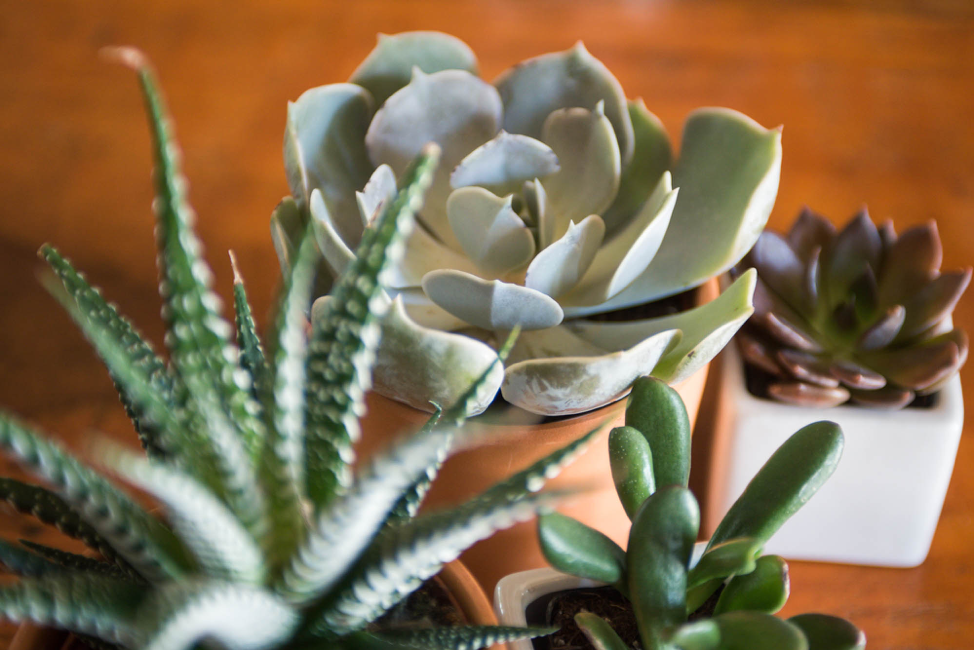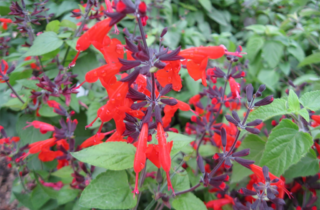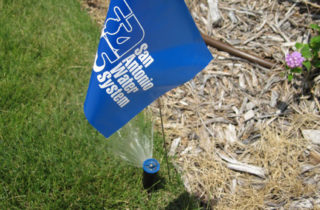If you live in South Texas in August, you can be sure of two things:…
“Succulents are impossible to kill,” says your friend with the green thumb, so why is your cute “indestructible” plant looking awfully dead right now? There are a lot of misconceptions about these trendy plants that store extra water in their leaves, stems, and roots.
Most often, the crime of succulent killers is over-watering. The truth is, succulents don’t need a lot of water, so they’re the perfect way to go green while conserving water during the hot drought season in South Texas.
Here are the demystifying tips for keeping those tricky plants alive and well:
Planting
When you look up photos of succulents, you’re most likely going to see the small container plants that people keep in windowsills or on their desk. But a succulent is simply a plant that stores its own water.
You can pot succulents anytime. Use a fast-draining cactus mix and a pot with a drainage hole. When first planting, soak your soil completely, then let the soil dry completely before watering again.

Location
Just like humans, succulents love the sun, but need some shade every once in a while. Choose a spot that isn’t in intense sunlight from late morning to midafternoon. (If you have the perfect spot for a succulent, but it’s in a place of full sunshine, opt for a plant with more red, gray, or blue color, as opposed to green.)
You’ll want to keep your container succulents indoor during the winter to avoid freezing and to move them outdoors in the summer. If you do this, give your plant some time to adjust. Start it off in a shaded spot before relocating to a sunnier locale.
Watering
Unfortunately, there’s no rule of thumb for how often to water all succulents. It depends on access to sun and shade, current season, and how big the container is.
The thing to remember: water your succulents when the soil is no longer moist. Pay attention to your little guy. If the leaves are dry or leaves are dropping off, you’re under-watering. If the leaves turn brown or there’s a strange smell coming from the plant, you’re over-watering.
As a result of the dry climate they exist in, succulents use a special kind of photosynthesis to store water for longer than other plants. Succulents make the most of every bit of water they can get. In arid conditions, they beat the dry heat by storing plenty of water in their roots, stems, or leaves.

Even though we have some of the hottest weather in the country with record high temperatures this summer, San Antonio is in an excellent place when it comes to having enough water to go around. That’s because the people of SAWS plan year-round to ensure we have enough water saved up to last us through the dry season—and dry seasons in the future. The forward-thinking engineers at SAWS are always in planning mode and ready for even the worst drought.
The Aquifer Storage & Recovery reservoir, which holds enough water underground to supply the entire city through the dry season, is just like a succulent that stores water until its needed. The facility is just one of the many investments that has us covered today and tomorrow with quality water.
Learn more about SAWS’ drought management efforts.


